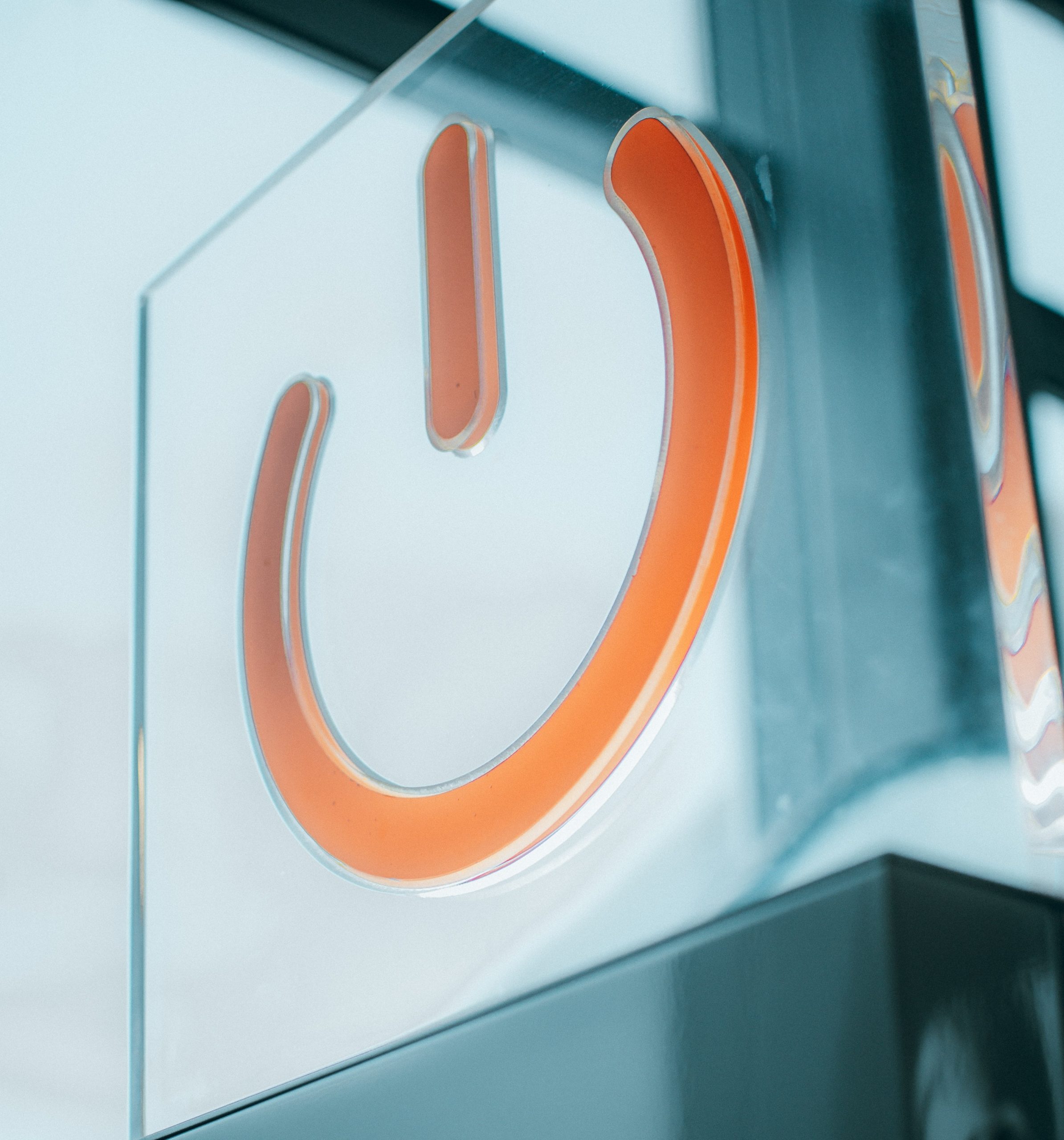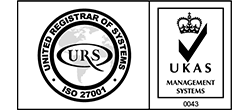
Happy Earth Day all!
Earth Day
Today is the day when we are supposed to look back and appreciate what our home has provided for us, reflect on the impact we’ve had on it and then think of beneficial changes that we can (and will!) commit to moving forward.
A man in Wisconsin by the name Senator Gaylord Nelson, founded the movement on April 22, 1969, in the wake of an oil spill in Santa Barbara the year prior. He began with a student protest and, upon realising the potential, went national with a full staff of likeminded individuals to spread the warning all over America, and dubbed the 22nd of April “Earth Day”.
Fifty odd years later, Gaylord Nelson’s message is more relevant and urgent with every Earth Day that passes. Whilst awareness of our need for immediate change has now got more traction, it’s fair to say we’ve also become very accustomed to our now ever-present conveniences that cost our planet dearly. Of course, if we all just dropped all our vehicles, non-reusable waste, tech and the like, this conversation would be far less pressing. However as that is not a realistic goal, we need to look to making our conveniences less harmful.
Eco-friendliness in the tech industry is rather lacking. It can be seen as a somewhat futile effort to balance the progress that enables beneficial advancements with obsolescence , further weighed down with hypocrisy and the “pushing the limit” mentality that fuels the advancements in the field. The carbon emissions we produce are immense, the amount of e-waste we create is astronomical (and we are intentionally pushed to upgrading sooner that would be necessary, planned obsolescence ring any bells?) and even the most oblivious people will have realised the amount of charging we require per average 1st world resident can’t possibly be good for the planet. So how can we offset these largely unavoidable environmental issues?
One thing that should be common practice across the industry are internal audits to regularly review negative emissions and ensure this is kept to the minimum necessary for their operations to be done to a high standard. Furthermore, it would also be beneficial to calculate the benefit of a certain technology compared to its negative impact on the environment and create an arbitrary value as a cut-off for new projects; for obvious reasons however, this would be a nightmare to implement and regulate. A more realistic requirement might be to require a certain level of efficiency in regards to common everyday equipment, rather than allowing a “keep costs low” mentality to continue being the most sensible business ideology.
Another thing that would be beneficial would be to invest time and money into more renewable energy sources, so as to make it a viable option for tech companies to use frequently. This would help us slow down the earth’s deterioration without compromising much on output and innovation. Similarly, we could have non-renewable energy only as a backup option on things that need to run 24/7, such as servers, then we could massively reduce the amount of harm without compromising on the effectiveness of the field.
An obvious thing to do is to make our use of technology as ecological as possible: reducing our printing use to the bare minimum and making digital documents the norm, making devices affordable and commonplace in such places as schools where an average student/member of staff will have many large books that need to be used semi-frequently, and use technology to monitor and moderate power consumption on an individual/household basis.
Right to Repair is a topic that comes up a lot, and for good reason. The sole reason against is for manufacturers to make more money from a previous sale and they would argue that they have the best quality control and this ensures they deliver the best user experience, but this doesn’t hold much water; even if that is the case, the owner of something should be able to have the choice to have a cheap, poor quality fix should they want to. By only having one option for repair and restoration, the OEM, leads to a business mindset that is wholly negative for the end user. The incentive to make a product built to stand the test of time is drastically lower when both repairs and upgrades are realistic upsell opportunities. In contrast, competition incentivises both competitive and “race to the bottom” pricing, along with a wide scale of quality, and a consumer can choose a third party offering if that suits them better. They can maintain their devices for longer once first party support gets cut. They can circumvent the planned obsolescence that has plagued the tech industry for years, even after having court cases over the topic. Manufacturers such as Framework have made massive strides to empowering consumers and showing us what a future with right to repair as a standard practice might entail.
But first and foremost, we need to change our collective mindset. We need to begin to prioritize efficiency and longevity just as much as we do speed and low pricing. We as consumers need to value sustainability, and manufacturers shouldn’t require us to care for them to begin to make it a target of theirs. We need to look at our current actions with a critical eye, or we may get to a place sooner rather than later where all these luxuries we have built will be irrelevant when we lack the necessities.
Here's our live calendar!
Questions: [email protected]
Continue reading:
Explaining Cybersecurity Audits (And the Three Tips for Running One)
13 Strategies To Make Your Cybersecurity Failproof
IT Support & Services Buyer’s Guide 2022

















Recent Comments